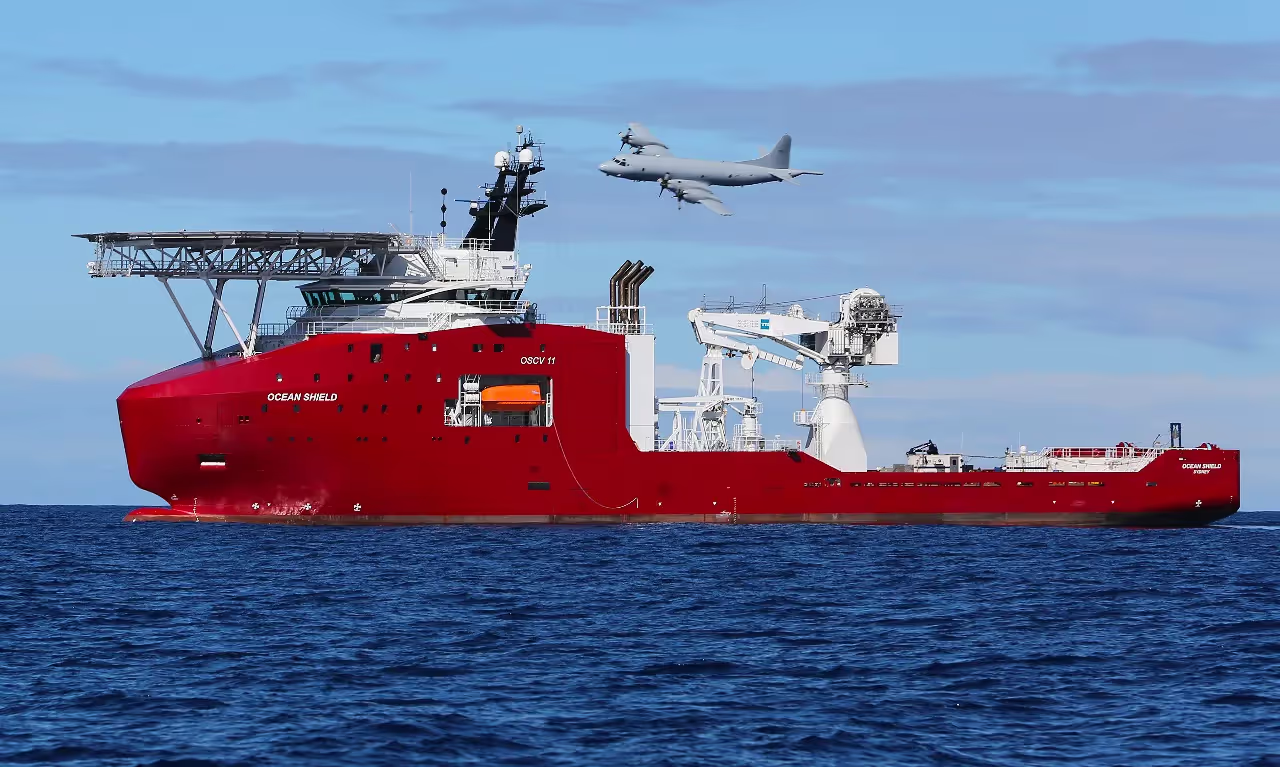DALLAS — A decade after the mysterious disappearance of Malaysia Airlines (MH) Flight MH370, the Malaysian government has authorized a new "no find, no fee" search operation.
Transport Minister Anthony Loke announced today that the cabinet had granted preliminary approval for a new initiative led by Ocean Infinity, a US-based marine exploration company.
The proposed US$70 million search operation will focus on a 15,000-square-kilometer area in the southern Indian Ocean. This targeted location was selected based on newly analyzed data that Malaysian authorities have deemed reliable.
The MH Boeing 777-200ER aircraft vanished in March 2014 during its journey from Kuala Lumpur to Beijing, carrying 239 passengers and crew members. Despite previous search attempts, including a three-month effort by Ocean Infinity in 2018, the aircraft's whereabouts remain unknown.
Minister Loke expressed optimism about the upcoming search, emphasizing its potential significance for the victims' families. "We hope this time will be positive. Finding the wreckage would give closure to the families of those on board," he stated.

Unfruitful Investigation
In March 2024, the Malaysian government said they would ask the Australian government to start a new search, but they are asking for specific or credible evidence to begin the search again.
The Malaysian government also said that if Ocean Infinity starts a new search, the condition will be the same: they will not pay for the search if they do not find it.
Following the disappearance of Flight MH370, Malaysia created a Joint Investigation Team (JIT) together with four other countries' specialists (The USA, France, The United Kingdom, and China). The team was divided into four groups: Airworthiness, Operations, Medical, and human factors.
Ten years after the accident, there is no answer about what happened. Malaysia released its final report, which offers no causes and conclusions.
There are a lot of speculation causes, but as said in the Malaysian government's final report, there is insufficient information to determine the causes or what happened that day.

Marine Debris Found
Few parts of Flight MH370 have been found. A Flaperon, which is a control surface located on the wing. This device combines the functions of the flaps and ailerons, providing roll control as an aileron and increasing lift and drag as a flap.
The first part of the MH Boeing 777 was discovered in July 2015 in Saint-André, Reunion, approximately 2,500 miles from the underwater search zone. The flaperon was sent to France, and the government confirmed in September 2015 that the flaperon belonged to the missing plane.
In December 2015, a grey fragment was found on a beach in Mozambique, but it was reported in March 2016, when it was sent to Australia to be examined by experts who confirmed the fragment belonged to a flap track fairing of the missing Boeing 777.
In February 2016, a part labeled “No Step” was found in Mozambique. The plane fragment was sent to Australia for investigation, and the experts confirmed that it belonged to the 9M-MRO's horizontal stabilizer. This fragment was found on a beach 1,200 miles from where the flaperon was found.
In March 2016, a very recognizable Roll Royce Trent 892 fragment was found in Mossel Bay, South Africa. Still, nothing can answer how a plane like the Boeing 777 disappeared.
The disappearance of Flight MH370 stands as one of aviation's most perplexing mysteries that remains unsolved ten years later, leaving hundreds of families seeking answers about the fate of their loved ones.
Without discovering the aircraft wreckage, all the questions will remain unanswered. This new search initiative represents Malaysia's continued commitment to resolving this enduring mystery.
Stay connected at every stop along your journey! Get any Saily mobile data plan at 5% off with the code AIRWAYSMAG5 + up to 5GB free!

Find out more in our latest issue. Explore all the subscriptions plans that Airways has for you. From thrilling stories to insights into the commercial aviation industry. We are a global review of commercial flight.
Exploring Airline History Volume I
.webp)
David H. Stringer, the History Editor for AIRWAYS Magazine, has chronicled the story of the commercial aviation industry with his airline history articles that have appeared in AIRWAYS over two decades. Here, for the first time, is a compilation of those articles.
Subjects A through C are presented in this first of three volumes. Covering topics such as the airlines of Alaska at the time of statehood and Canada's regional airlines of the 1960s, the individual histories of such carriers as Allegheny, American, Braniff, and Continental are also included in Volume One. Get your copy today!
.avif)

